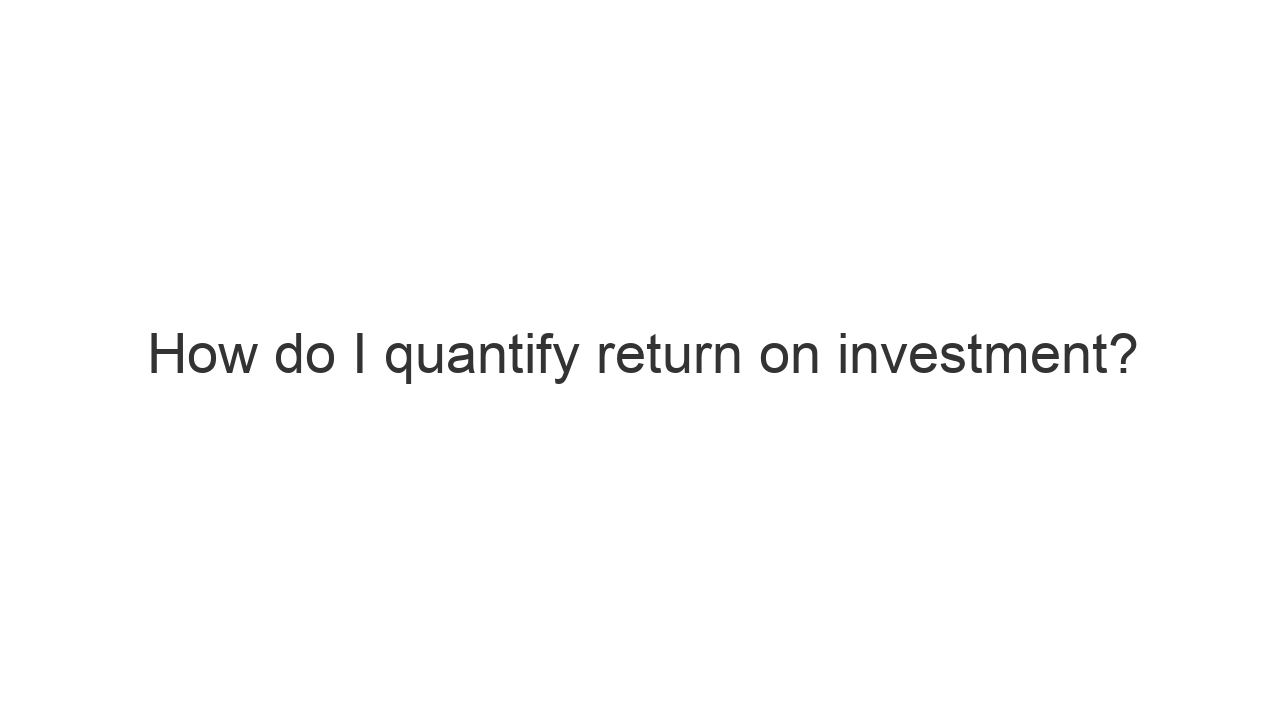Specifying exactly what you received for your investment is the place to start. Often people fall into the trap of I have to specify the exact dollars in sales we received, and then that number has to be bigger than what we spent. That is not right way in most cases and can hide the real impact that was felt by the business.
i.e. a good brand campaign, can decrease the cost of all media, because it is now all more effective.
You want to try capture an array of different measures, to see the impact has on a business. It’s like Isaac Newtons, every action has an equal and opposite reaction. There are may different reactions which are happening when you execute marketing & media initiatives.
You want to look at things like:
- Change in brand searches
- Changes in intent, more usage of store locator, product pages, key content
- Buy signals, where possible, lead generation
- Changes in cost per conversion, or cost per lead, advertising cost
- Assets built, i.e. we have content now, which will drive more traffic from now on
- Quantify growth, i.e. leads grew 20%
Analytics helps dramatically here, to find those pockets of difference between before and after. Or to see how things are changing, when you are investing.
At the end you want two buckets, here’s what we spent. And here’s all the things we got from that. Now, when you try something new, you can repeat the exercise, to see if your return on investment has improved, decreased or stayed the same. This is the second common mistake people make, is they think ROI is static, it is always changing, so you want to continue to use your methodology, to fine tune it and keep an eye on performance.

|
|---|



